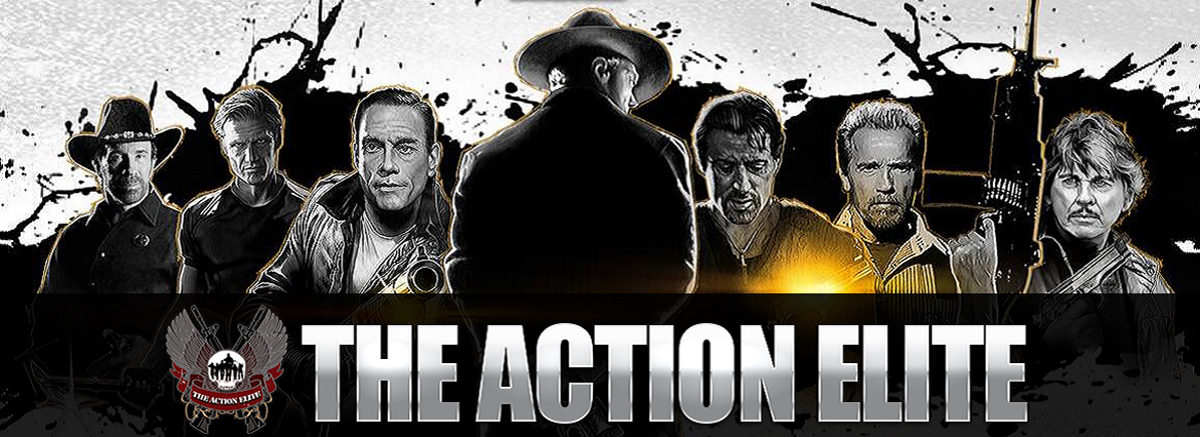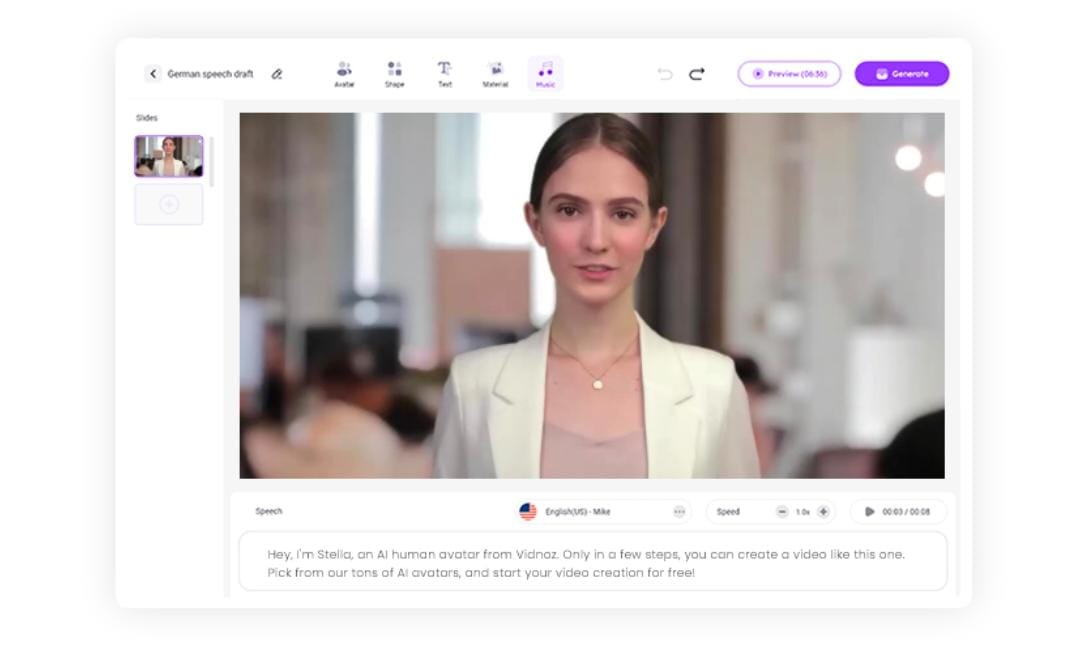The digital content landscape is evolving rapidly, with creators constantly seeking smarter, faster, and more efficient tools to produce high-quality videos. Thanks to breakthroughs in artificial intelligence, content creation has entered a new era where even beginners can generate professional-grade videos using image to video AI, Text to Speech, and Video Translator tools. These technologies save time, cut costs, and make global communication easier than ever before. Let’s explore how these three tools are transforming how we create and share content online.
1. Image to Video AI: Turning Static Photos into Dynamic Stories
Gone are the days when making a video required expensive equipment or advanced editing skills. Image to Video AI is one of the most powerful AI tools available today, designed to convert static images into animated, lifelike videos. Using deep learning and motion synthesis, these tools analyze images, detect facial features or background elements, and create smooth movements that look remarkably natural.
For example, a single portrait photo can be brought to life with realistic lip-syncing, blinking, and emotional expressions. Brands use this to make engaging advertisements, artists create short clips for social media, and even historians use it to animate vintage photos.
Popular Image to Video AI tools like Pika Labs, Runway ML, and Synthesia allow users to generate short video scenes from still images with minimal effort. You simply upload an image, select a motion style or background, and the AI handles the rest.
These tools are revolutionizing content marketing, education, and entertainment. A teacher can transform a still diagram into an explainer video, or a marketer can turn product images into short promotional clips — all in minutes. With the rise of platforms like TikTok and Instagram Reels, such AI-powered creativity is more valuable than ever.
2. Text to Speech: Giving Voice to Your Ideas
Voiceovers are a crucial element of engaging video content, but recording professional audio can be expensive or time-consuming. That’s where text to speech technology comes in. TTS uses AI-driven voice synthesis to convert written text into natural-sounding speech. The result is clear, expressive audio that can bring any script to life.
Modern Text to Speech systems, such as ElevenLabs, Murf.ai, and Play.ht, go beyond robotic tones of the past. They mimic human emotion, tone, and rhythm — allowing creators to choose from multiple accents, genders, and languages.
Whether you’re a YouTuber narrating your video, a business owner creating training material, or a blogger transforming articles into audio, TTS tools make it easy. You simply paste your script, choose a voice style, adjust pacing or tone, and download the audio.
One of the biggest advantages of Text to Speech is accessibility. It enables people with visual impairments or reading difficulties to consume content effortlessly. Additionally, it helps global brands localize their content by providing voiceovers in dozens of languages, without the need to hire multiple narrators.
The combination of Image to Video AI and Text to Speech is particularly powerful — allowing creators to generate animated videos with realistic voices, all without needing a camera, microphone, or studio setup.
3. Video Translator: Breaking Language Barriers Effortlessly
As digital content spreads across borders, creators often face the challenge of language barriers. Enter the video translator, an AI-powered solution that automatically translates video content into multiple languages — including subtitles, captions, and even dubbed voiceovers.
Tools like Vidby, Kapwing Translate, and VEED.io use speech recognition and natural language processing to detect the spoken words in a video, translate them, and synchronize the translated text or voice with the visuals. This means a video made in English can be instantly available in Spanish, French, Hindi, or Arabic, reaching millions of new viewers worldwide.
For global influencers, educators, and businesses, Video Translator tools are invaluable. They help brands expand internationally without re-recording or re-editing their videos. For instance, a tutorial or marketing campaign created for an English-speaking audience can be seamlessly repurposed for other regions with accurate translations and culturally relevant subtitles.
This technology not only saves time but also boosts audience engagement and inclusivity. Viewers appreciate when content is available in their native language, and AI translators ensure that happens instantly.
4. Combining the Three: The Ultimate AI Video Workflow
When used together, Image to Video AI, Text to Speech, and Video Translator create a fully automated video production system. Here’s how the workflow looks:
- Start with Images – Use Image to Video AI to turn your static visuals or photos into dynamic video scenes.
- Add Voiceovers – Generate natural narration using Text to Speech, adjusting tone or style to fit your content.
- Translate for Global Reach – Use Video Translator to localize your video in multiple languages and expand your audience.
With these tools, one person can create global video campaigns that used to require a full production team. This makes AI-driven video creation accessible for small businesses, educators, marketers, and even hobbyists.
Final Thoughts
The combination of Image to Video AI, Text to Speech, and Video Translator represents a major step toward effortless, inclusive, and creative content production. These tools empower users to transform ideas into professional videos in minutes — no technical skills required.
As AI continues to evolve, content creation will only get faster, smarter, and more accessible. Whether you’re a digital marketer, a YouTuber, or a small business owner, adopting these technologies today can help you stay ahead of the curve in tomorrow’s AI-powered content world.






